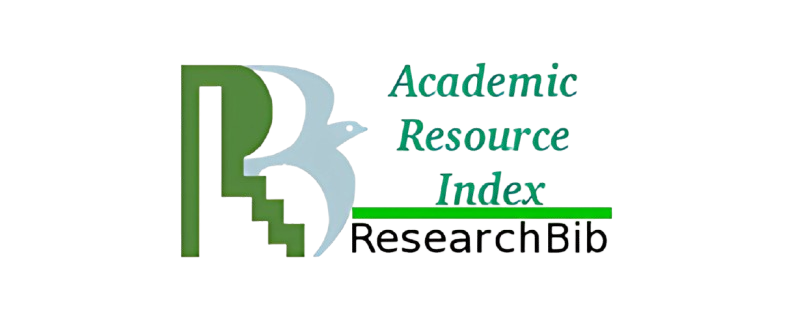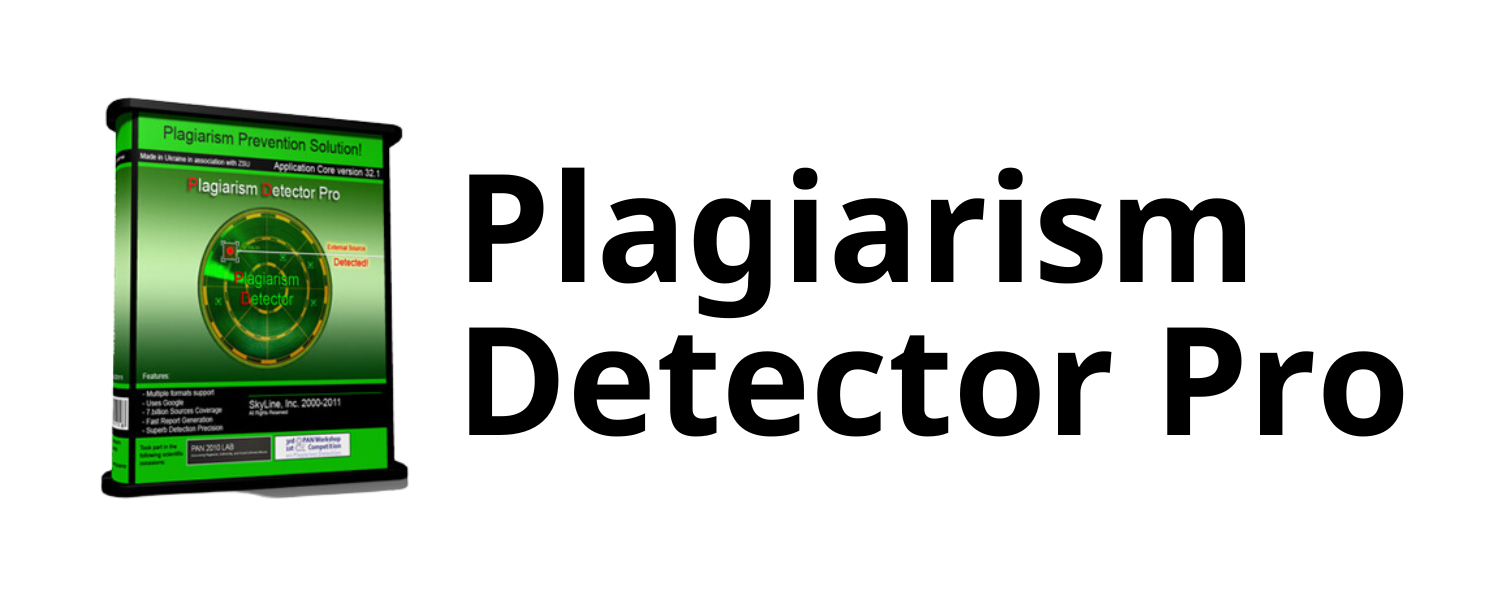Production Risk Analysis in Maize: Comparative Insights from Major Producing Countries
DOI:
https://doi.org/10.58812/wsis.v3i01.1621Keywords:
Production Risk, Maize Productivity, Climate Change, Coefficient of VariationAbstract
Increasing maize productivity is a strategic step for developing the global agricultural sector. Maize plays an important role as a source of food, feed, industrial raw materials, and energy sources. However, maize production faces internal risks, such as capital availability, management capacity, land ownership, and external risks, such as climate change, pest attacks, and limited agricultural inputs. This study discusses the development of maize production risks in ten major producing countries, including the USA, China, Brazil, Argentina, and Mexico. The study uses secondary data from FAOSTAT from 1961-2021 (61 years). The study uses a qualitative method by analysing maize production trends and risks using the coefficient of variation (CV) analysis. The analysis results show that the USA ranks first as the largest maize producer in the world, followed by China and Brazil, with an increasing trend over the past 61 years. This is related to adopting biotechnology, food production, and precision farming systems. France and the USA have low CV values of 0.36 and 0.40, indicating that the risk of maize production in the two countries is relatively low compared to the other eight countries. Maize stabilization in the USA is supported by implementing irrigation and precision farming models to reduce the impact of drought due to climate variability. On the other hand, Argentina, Ukraine, and Indonesia have high CV values, indicating a high risk of maize production in the three countries. Several factors causing high production risks are climate change in the form of increasing average annual temperatures, attacks of Maize Stunt Disease, political challenges, inaccurate use of fertilizers, low technology adoption, and limited resources.
References
R. Mopangga, M. H. Baruwadi, and R. Indriani, Analisis Risiko Produksi Dan Pendapatan Usahatani Jagung Di Desa Labanu Kecamatan Tibawa,” Agrinesia: Jurnal Ilmiah Agribisnis, vol. 6, no. 3, pp. 233–239, Aug. 2022, doi: 10.37046/agr.v6i3.16144.
N. D. R. Kaban, T. M. Katiandagho, and J. Baroleh, “Analisis Risiko Usaha Tani Jagung Di Desa Lompad Baru Kecamatan Ranoyapo Kabupaten Minahasa Selatan,” AGRI-SOSIOEKONOMI, vol. 19, no. 1, pp. 111–120, Jan. 2023, doi: 10.35791/agrsosek.v19i1.45954.
W. Food, World Food and Agriculture – Statistical Yearbook 2023. FAO, 2023. doi: 10.4060/cc8166en.
H. Nura, F. Fajri, and I. Indra, Analisis Risiko Produksi Usahatani Jagung (Zea Mays L.) Di Kecamatan Trumon Timur Kabupaten Aceh Selatan,” Jurnal Agrisep, vol. 22, no. 1, pp. 31–43, Jul. 2021, doi: 10.17969/agrisep.v22i1.20402.
A. Dhamira and F. R. Aminda, “Rice Production Risk in Main Producing Countries 1961-2021,” Buletin Penelitian Sosial Ekonomi Pertanian Fakultas Pertanian Universitas Haluoleo, vol. 25, no. 2, pp. 143–150, Dec. 2023, doi: 10.37149/bpsosek.v25i2.921.
S. Pani, Y. W. Harinta, and Y. S. Arianti, “Analisis Risiko Usaha Tani Kedelai Di Desa Suci Kecamatan Pracimantoro Kabupaten Wonogiri,” Agrisaintifika: Jurnal Ilmu-Ilmu Pertanian, vol. 7, no. 2(is), pp. 16–22, Jul. 2023, doi: 10.32585/ags.v7i2(is).4343.
A. S. Suhendra, “Analisis Risiko Usahatani Jagung Di Kecamatan Batang Tuaka Kabupaten Indragiri Hilir,” Jurnal Agribisnis, vol. 9, no. 2, pp. 112–119, Nov. 2020, doi: 10.32520/agribisnis.v9i2.1458.
E. M. Zakiyyah and R. P. Destiarni, “RISIKO USAHATANI JAGUNG HIBRIDA DI DESA LENTENG TIMUR, KECAMATAN LENTENG, KABUPATEN SUMENEP,” Mimbar Agribisnis : Jurnal Pemikiran Masyarakat Ilmiah Berwawasan Agribisnis, vol. 9, no. 2, p. 1752, Jul. 2023, doi: 10.25157/ma.v9i2.10066.
E. O. Thomasz, A. S. Vilker, I. Pérez-Franco, and A. García-García, “Impact valuation of droughts in soybean and maize production: the case of Argentina,” International Journal of Climate Change Strategies and Management, vol. 16, no. 1, pp. 63–90, Feb. 2024, doi: 10.1108/IJCCSM-11-2022-0139.
F. Urak, A. Bilgic, W. J. Florkowski, and G. Bozma, “Confluence of COVID-19 and the Russia-Ukraine conflict: Effects on agricultural commodity prices and food security,” Borsa Istanbul Review, no. October 2023, Feb. 2024, doi: 10.1016/j.bir.2024.02.008.
F. de S. Batista, C. Duku, and L. Hein, “Deforestation-induced changes in rainfall decrease soybean-maize yields in Brazil,” Ecological Modelling, vol. 486, no. June, p. 110533, Dec. 2023, doi: 10.1016/j.ecolmodel.2023.110533.
D. B. Nogueira, A. O. da Silva, A. B. Giroldo, A. P. N. da Silva, and B. R. S. Costa, “Dry spells in a semi-arid region of Brazil and their influence on maize productivity,” Journal of Arid Environments, vol. 209, no. November 2021, p. 104892, Feb. 2023, doi: 10.1016/j.jaridenv.2022.104892.
M. R. Carter, J. B. Sanderson, J. A. Ivany, and R. P. White, “Influence of rotation and tillage on forage maize productivity, weed species, and soil quality of a fine sandy loam in the cool–humid climate of Atlantic Canada,” Soil and Tillage Research, vol. 67, no. 1, pp. 85–98, Aug. 2002, doi: 10.1016/S0167-1987(02)00043-0.
Z. Li, Z. Zhang, J. Zhang, Y. Luo, and L. Zhang, “A new framework to quantify maize production risk from chilling injury in Northeast China,” Climate Risk Management, vol. 32, no. March, p. 100299, 2021, doi: 10.1016/j.crm.2021.100299.
A. Cruz-González, R. Arteaga-Ramírez, I. Sánchez-Cohen, J. Soria-Ruiz, and A. I. Monterroso-Rivas, “Impactos del cambio climático en la producción de maíz en México,” Revista Mexicana de Ciencias Agrícolas, vol. 15, no. 1, p. e3327, Feb. 2024, doi: 10.29312/remexca.v15i1.3327.
A. Ceglar, M. Zampieri, N. Gonzalez-Reviriego, P. Ciais, B. Schauberger, and M. Van der Velde, “Time-varying impact of climate on maize and wheat yields in France since 1900,” Environmental Research Letters, vol. 15, no. 9, p. 094039, Aug. 2020, doi: 10.1088/1748-9326/aba1be.
X. Li, T. Takahashi, N. Suzuki, and H. M. Kaiser, “Impact of Climate Change on Maize Production in Northeast and Southwest China and Risk Mitigation Strategies,” APCBEE Procedia, vol. 8, no. Caas 2013, pp. 11–20, 2014, doi: 10.1016/j.apcbee.2014.01.073.
K. M. M. Adnan et al., “Catastrophic risk perceptions and the analysis of risk attitudes of Maize farming in Bangladesh,” Journal of Agriculture and Food Research, vol. 11, no. October 2022, p. 100471, Mar. 2023, doi: 10.1016/j.jafr.2022.100471.
D. L. Debertin, Agricultural production economics. Macmillan, 1986.
C. Vlek and P.-J. Stallen, “RATIONAL AND PERSONAL ASPECTS OF RISK *,” 1980.
G. Moschini and D. A. Hennessy, “Uncertainty, risk aversion, and risk management for agricultural producers,” in Handbook of Agricultural Economics, vol. 1A, 2001, p. 86.
S. P. Siswani, I. Rosada, and F. D. Amran, “Analisis risiko dan faktor-faktor yang mempengaruhi produksi usahatani jagung (Zea mays L.),” WIRATANI : Jurnal Ilmiah Agribisnis, vol. 5, no. 2, pp. 116–124, 2022, [Online]. Available: http://jurnal.agribisnis.umi.ac.id
D. Kurniati, “Analisis risiko produksi dan faktor-faktor yang mempengaruhinya pada usahatani jagung (Zea mays L.) di Kecamatan Mempawah Hulu Kabupaten Landak,” Jurnal Sosial Ekonomi Pertanian, vol. 1, no. 3, pp. 60–68, 2012.
A. Santillán-Fernández, Y. Salinas-Moreno, J. R. Valdez-Lazalde, M. A. Carmona-Arellano, J. E. Vera-López, and S. Pereira-Lorenzo, “Relationship between maize seed productivity in Mexico between 1983 and 2018 with the adoption of genetically modified maize and the resilience of local races,” Agriculture (Switzerland), vol. 11, no. 8, 2021, doi: 10.3390/agriculture11080737.
A. Santillán‐fernández, Y. Salinas‐moreno, J. R. Valdez‐lazalde, and S. Pereira‐lorenzo, “Spatial‐temporal evolution of scientific production about genetically modified maize,” Agriculture (Switzerland), vol. 11, no. 3, pp. 1–14, 2021, doi: 10.3390/agriculture11030246.
J. MEDINA HERNÁNDEZ, I. CAAMAL CAUICH, V. G. PAT FERNÁNDEZ, and J. A. ÁVILA DORANTES, “Current challenges and forecasts in maize grain production and consumption in Mexico,” Agro Productividad, pp. 165–172, 2024, doi: 10.32854/agrop.v17i5.2741.
J. Donovan, P. Rutsaert, C. Domínguez, and M. Peña, “Capacities of local maize seed enterprises in Mexico: Implications for seed systems development,” Food Secur, vol. 14, no. 2, pp. 509–529, Apr. 2022, doi: 10.1007/s12571-021-01247-8.
P. R. Kolhe, D. S. Perke, and J. A. Chande, “Growth and Export Performance of Maize from India,” Asian Journal of Agricultural Extension, Economics & Sociology, vol. 40, no. 11, pp. 28–33, 2022, doi: 10.9734/ajaees/2022/v40i111681.
L. Alletto, A. Vandewalle, and P. Debaeke, “Crop diversification improves cropping system sustainability: an 8-year on-1 farm experiment in south-western France 2 3,” Agricultural System, vol. 200, 2022, doi: https://doi.org/10.1016/j.agsy.2022.103433.
A. Ceglar, M. Zampieri, N. Gonzalez-Reviriego, P. Ciais, B. Schauberger, and M. Van Der Velde, “Time-varying impact of climate on maize and wheat yields in France since 1900,” Environmental Research Letters, vol. 15, no. 9, Sep. 2020, doi: 10.1088/1748-9326/aba1be.
M. I. Habibie, R. Noguchi, M. Shusuke, and T. Ahamed, “Land suitability analysis for maize production in Indonesia using satellite remote sensing and GIS-based multicriteria decision support system,” GeoJournal, vol. 86, no. 2, pp. 777–807, Apr. 2021, doi: 10.1007/s10708-019-10091-5.
F. Agus et al., “Yield gaps in intensive rice-maize cropping sequences in the humid tropics of Indonesia,” Field Crops Res, vol. 237, pp. 12–22, May 2019, doi: 10.1016/j.fcr.2019.04.006.
P. Y. Sallah et al., “Agronomic potentials of quality protein maize hybrids developed in Ghana,” Ghana Journal of Agricultural Science, vol. 40, no. 1, pp. 81–89, 2008, doi: 10.4314/gjas.v40i1.2157.
W. J. Cox, J. J. Hanchar, and J. Cherney, “Agronomic and economic performance of maize, soybean, and wheat in different rotations during the transition to an organic cropping system,” Agronomy, vol. 8, no. 9, pp. 1–18, 2018, doi: 10.3390/agronomy8090192.
Y. Chen and C. Lu, “Future grain consumption trends and implications on grain security in China,” Sustainability (Switzerland), vol. 11, no. 19, pp. 1–14, 2019, doi: 10.3390/su11195165.
E. Li, J. Zhao, W. Zhang, and X. Yang, “Spatial-temporal patterns of high-temperature and drought during the maize growing season under current and future climate changes in northeast China,” J Sci Food Agric, vol. 103, no. 12, pp. 5709–5716, 2023, doi: 10.1002/jsfa.12650.
Y. Chen and C. Lu, “Future grain consumption trends and implications on grain security in China,” Sustainability (Switzerland), vol. 11, no. 19, pp. 1–14, 2019, doi: 10.3390/su11195165.
J. Piesse and C. Thirtle, “Three bubbles and a panic: An explanatory review of recent food commodity price events,” Food Policy, vol. 34, no. 2, pp. 119–129, Apr. 2009, doi: 10.1016/j.foodpol.2009.01.001.
E. O. Thomasz, A. S. Vilker, I. Pérez-Franco, and A. García-García, “Impact valuation of droughts in soybean and maize production: the case of Argentina,” Int J Clim Chang Strateg Manag, vol. 16, no. 1, pp. 63–90, Feb. 2024, doi: 10.1108/IJCCSM-11-2022-0139.
S. Cabrini, J. Colussi, and N. Paulson, “Spread of Corn Stunt Disease Lowers Production Expectations in Argentina-of-corn-stunt-disease-lowers-production-expectations-in-argentina.html,” 2024.
A. Yakymchuk, M. Bzowska-Bakalarz, O. Balanda, and J. Jupowicz-Kozak, “Economic basis of production of agricultural crops in Ukraine in the context of management and climate change,” Scientific Papers of Silesian University of Technology. Organization and Management Series, vol. 2024, no. 198, pp. 679–695, 2024, doi: 10.29119/1641-3466.2024.198.38.
P. Boiko, N. Kovalenko, Y. Yurkevych, S. Albul, and N. Valentiuk, “The efficiency of maize production under the conditions of climate change in Ukraine: the use of highly productive hybrids and scientific technologies with elements of biologization,” Bulgarian Journal of Agricultural Science, vol. 30, no. 4, pp. 739–746, 2024.
G. Leng, “Maize yield loss risk under droughts in observations and crop models in the United States,” Environmental Research Letters, vol. 16, no. 2, Feb. 2021, doi: 10.1088/1748-9326/abd500.
C. Kent, E. Pope, V. Thompson, K. Lewis, A. A. Scaife, and N. Dunstone, “Using climate model simulations to assess the current climate risk to maize production,” Environmental Research Letters, vol. 12, no. 5, May 2017, doi: 10.1088/1748-9326/aa6cb9.
O. Erenstein, M. Jaleta, K. Sonder, K. Mottaleb, and B. M. Prasanna, “Global maize production, consumption and trade: trends and R&D implications,” Oct. 01, 2022, Springer Science and Business Media B.V. doi: 10.1007/s12571-022-01288-7.
E. Wahyuni, Kasmiati, A. Sutrisno, and G. Y. Rahajeng, “Risk analysis model of sweet corn production using z-score and value at risk methods,” in IOP Conference Series: Earth and Environmental Science, IOP Publishing Ltd, May 2021. doi: 10.1088/1755-1315/748/1/012014.
D. Adar and A. Madu, “Reducing Risks Of Income Of The Small Dry Land Maize Farmers In East Nusa Tenggara Province, Indonesia,” J Surv Fish Sci, vol. 11, no. 3, p. 2024, 2024, doi: https://doi.org/10.53555/sfs.v11i3.2284.
D. Kurniati, “Analisis Risiko Produksi dan Faktor-faktor Yang Mempengaruhinya Pada Usahatani Jagung (Zea mays L.) di Kecamatan Mempawah Hulu Kabupaten Landak,” Jurnal Sosial Ekonomi Pertanian, vol. 1, no. 3, pp. 60–68, 2012, doi: https://doi.org/10.26418/j.sea.v1i3.4366.
Downloads
Published
How to Cite
Issue
Section
License
Copyright (c) 2025 Fadilla Ristya Aminda, Aura Dhamira, Ayu Kumala Sari

This work is licensed under a Creative Commons Attribution-ShareAlike 4.0 International License.





















 Instagram
Instagram 